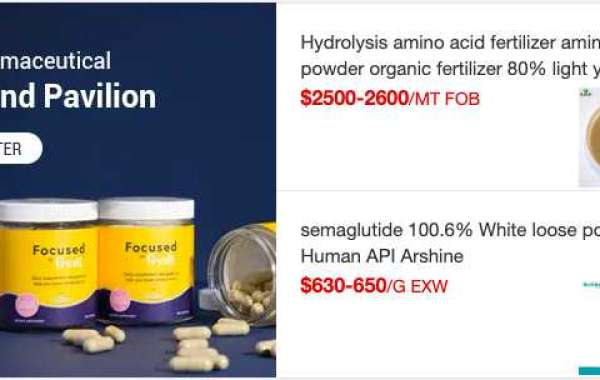Sodium formate, HCOONa, is the sodium salt of formic acid, HCOOH. It usually appears as a white deliquescent powder.
For commercial use, sodium formate is produced by absorbing carbon monoxide under pressure in solid sodium hydroxide at 130 °C and 6-8 bar pressure:[1]
CO + NaOH → HCO2Na
Because of the low-cost and large-scale availability of formic acid by carbonylation of methanol and hydrolysis of the resulting methyl formate, sodium formate is usually prepared by neutralizing formic acid with sodium hydroxide. Sodium formate is also unavoidably formed as a by-product in the final step of the pentaerythritol synthesis and in the crossed Cannizzaro reaction of formaldehyde with the aldol reaction product trimethylol acetaldehyde [3-hydroxy-2,2-bis(hydroxymethyl)propanal].[2]
In the laboratory, sodium formate can be prepared by neutralizing formic acid with sodium carbonate. It can also be obtained by reacting chloroform with an alcoholic solution of sodium hydroxide.
CHCl3 + 4 NaOH → HCOONa + 3 NaCl + 2 H2O
or by reacting sodium hydroxide with chloral hydrate.
C2HCl3(OH)2 + NaOH → CHCl3 + HCOONa + H2O
The latter method is, in general, preferred to the former because the low aqueous solubility of CHCl3 makes it easier to separate out from the sodium formate solution, by fractional crystallization, than the soluble NaCl would be.
Sodium formate may also be created via the haloform reaction between ethanol and sodium hypochlorite in the presence of a base. This procedure is well documented for the preparation of chloroform.
On heating, sodium formate decomposes to form sodium oxalate and hydrogen.[4] The resulting sodium oxalate can be converted by further heating to sodium carbonate upon release of carbon monoxide.
Sodium formate is used in several fabric dyeing and printing processes. It is also used as a buffering agent for strong mineral acids to increase their pH, as a food additive (E237), and as a de-icing agent.
In structural biology, sodium formate can be used as a cryoprotectant for X-ray diffraction experiments on protein crystals,[6] which are typically conducted at a temperature of 100 K to reduce the effects of radiation damage.
Sodium formate plays a role in the synthesis of formic acid, it is converted by sulfuric acid via the following reaction equation:
Sodium formate is converted with sulfuric acid to formic acid and sodium sulfate.
The urticating hair of stinging nettles contain sodium formate as well as formic acid.
Solid sodium formate is used as a non-corrosive agent at airports for de-icing of runways in mix with corrosion inhibitors and other additives, which rapidly penetrate solid snow and ice layers, detach them from the asphalt or concrete and melt the ice rapidly. Sodium formate was also used as a road deicer in the city of Ottawa from 1987 to 1988.[7]








